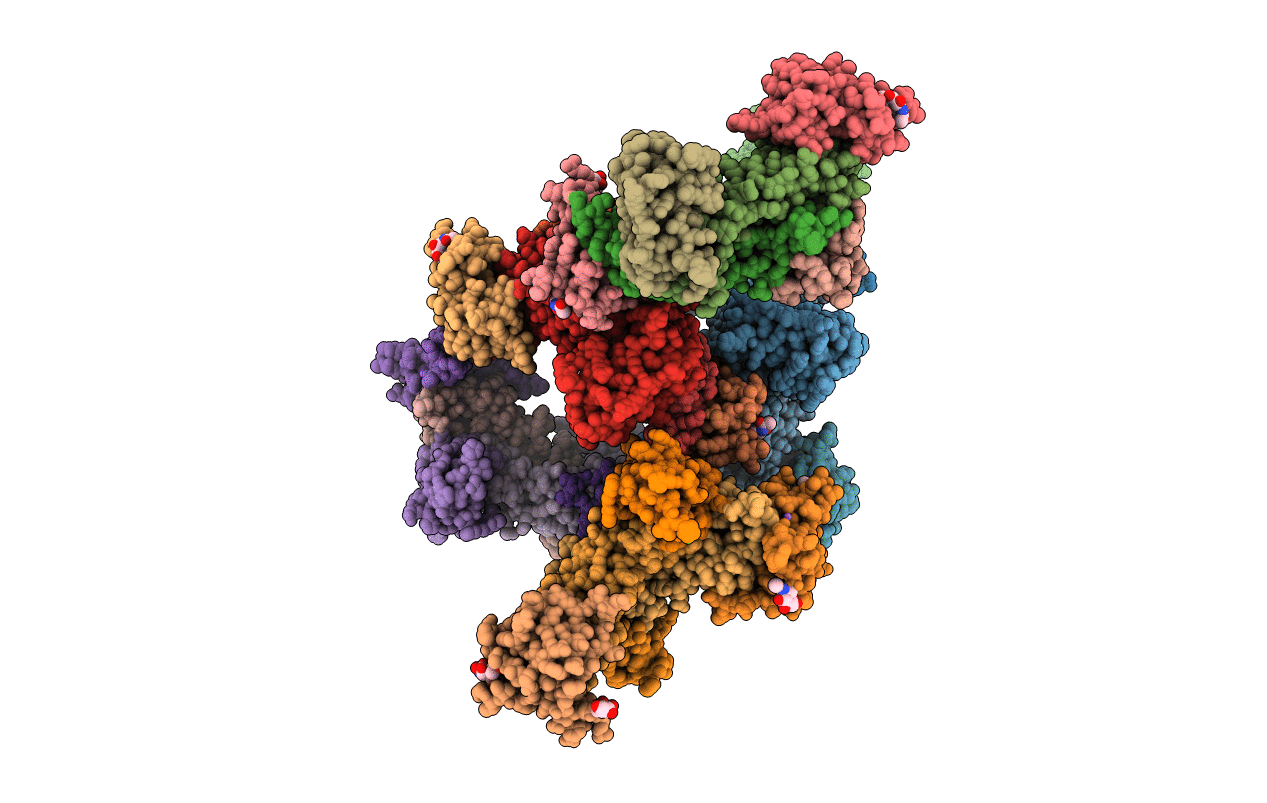
Deposition Date
2012-05-22
Release Date
2012-06-20
Last Version Date
2024-11-06
Entry Detail
PDB ID:
4FAO
Keywords:
Title:
Specificity and Structure of a high affinity Activin-like 1 (ALK1) signaling complex
Biological Source:
Source Organism:
Homo sapiens (Taxon ID: 9606)
Host Organism:
Method Details:
Experimental Method:
Resolution:
3.36 Å
R-Value Free:
0.26
R-Value Work:
0.21
R-Value Observed:
0.22
Space Group:
P 31 1 2


